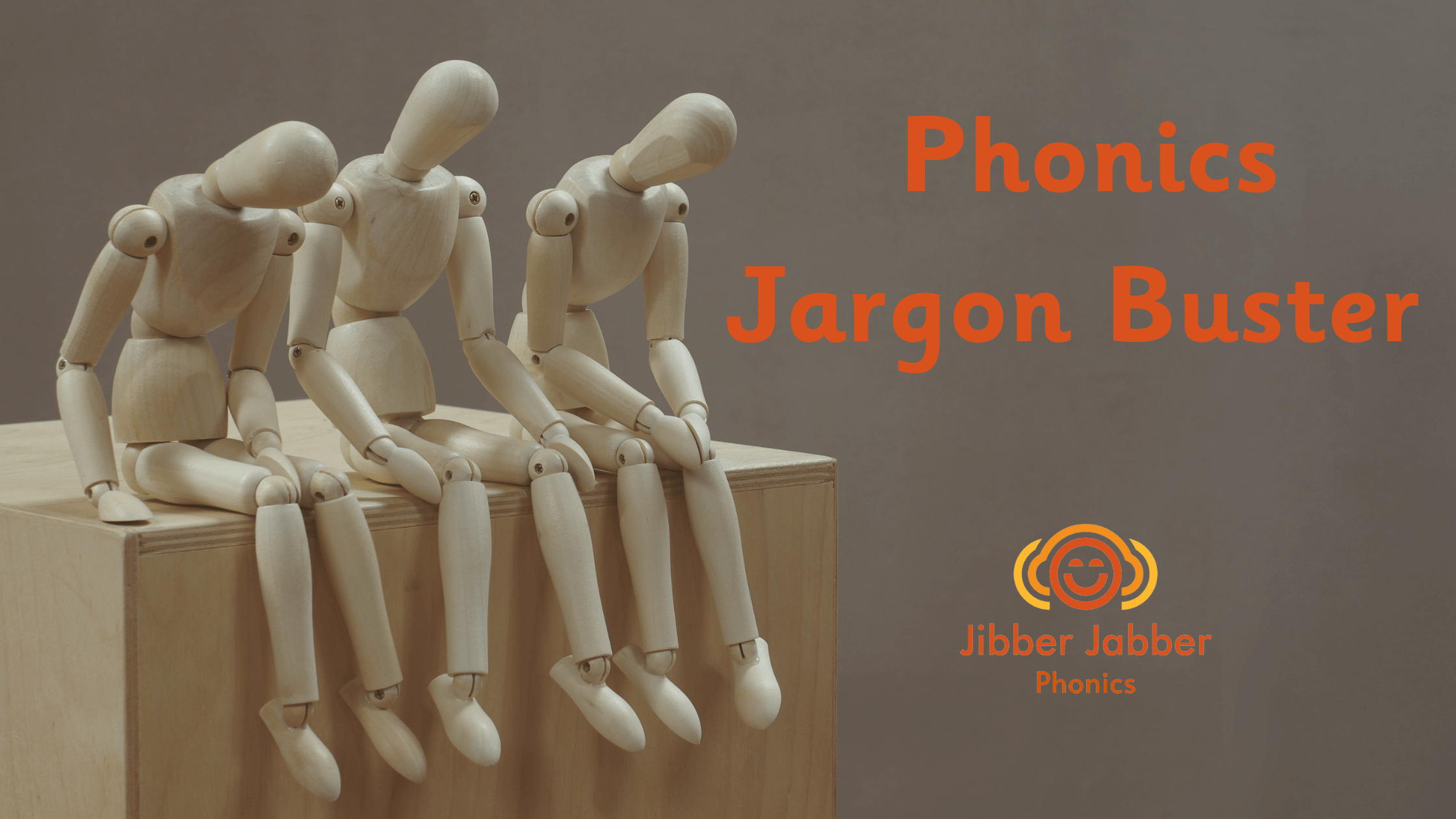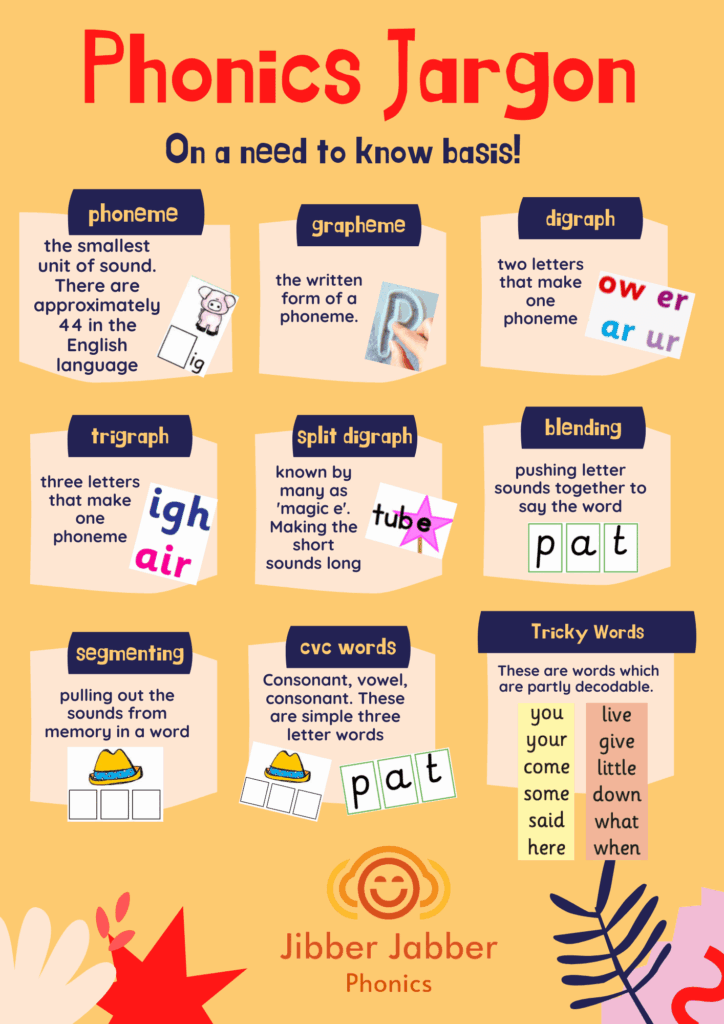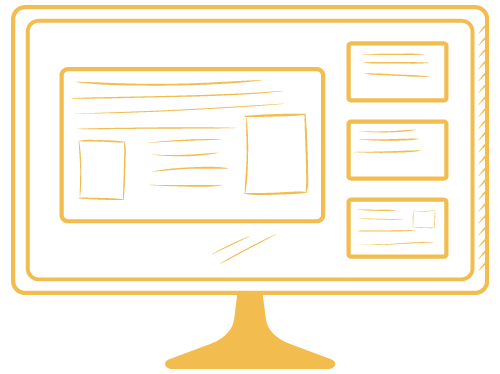
Teaching phonics to early learners has become a huge part of the Early Years and primary classroom, but the phonics jargon that comes with it can feel like a foreign language—especially for parents and new teachers.
Our little ones come home with worksheets that ask us to match the phoneme in words or to practice split digraphs. “What on earth is that!” I hear some say!
Well, like with any specialised subject, those that practice it forget what it was like when they were learning.
I want to clear up some of the words connected to phonics.
What Is Phonics Jargon?
Phonics jargon is all the tricky-sounding words and phrases that teachers use when talking about how children learn to read and write. It can feel confusing—especially if you’re new to phonics—but understanding these terms makes it much easier to support your little learners with confidence.
Your Easy Phonics Glossary
Phoneme
A phoneme is a letter sound. It’s the smallest unit of sound in a word.
Grapheme
A grapheme is how a letter or group of letters is written down. It’s the written form of a phoneme.
Digraph, Trigraph & Split Digraph
Digraph
This is two letters that make a single sound. There are two types,
- consonants digraphs include ch, ck, sh, th, wh or
- vowel digraphs include ai, ee, ie, oa, ue, the names of the vowels made with two letters. This vowel song is a great way to help your learners understand the difference between long and short vowel sounds.
Trigraph
A trigraph is three letters that make one sound, like ‘igh’ in ‘night’.
Split Digraph
These also contains two vowels (a-e, e-e, i-e, o-e and u-e) but they are split by a consonant. You might know it as ‘magic e’ as the letter ‘e’ changes the vowel from the sound to the name. This makes the short sounds long. Check out this Magic E song to help with long vowel sounds.
Split digraphs to learn
i_e as in time
a_e as in cake
o_e as in joke
e_e as in theme
u_e as in tube

Blending & Segmenting
Blending
Blending is pushing letter sounds (phonemes) together to read a word. It’s used when reading.
Segmenting
Segmenting is breaking a word into its individual sounds. It’s used when spelling.
CVC Words
This means a consonant, vowel, consonant. These can be simple three letter words that are decodable. Words like sit, get, bed.
Decodable
Decodable words can be sounded out using the phonemes children have already learned, like ‘sat’, ‘pin’ or ‘tap’.
Tricky Words
These are words that are partly decodable.
High Frequency Words
These are words that occur most often in books and stories. They can be both decodable /and/ /see/ /look/ or tricky words where part of the word is decodable, /she/ /all/.
Do Children Need to Know Phonics Jargon?
The jargon connected with phonics is only for teachers and parents to be aware of. They are not important for learners. Kids don’t need to know that “now we are going to learn the digraph /ar/. We as teachers need to know it only because this jargon is used in some of the material that we might be using.
With that said, I hope you have found this quick intro to phonics jargon useful. Now when you see them in worksheets and books they won’t be foreign to you.
My name is Vicky, and I am an accredited Jolly Phonics trainer. I have been teaching for over 10 years now and I help phonics teachers to create confident and engaged young learners who achieve amazing results through fun-filled lessons.
Thanks for reading this and please let me know if there is anything else I can help you with when it comes to teaching phonics.
Please keep teaching phonics in your lessons. It really makes a difference to your learners no matter how big or small your phonics lessons are.
Need More Phonics Support? Let’s Connect!
If you’re a parent, TA or teacher looking for more support with phonics terminology or fun ways to teach phonics, sign up to my newsletter or reach out—I’d love to help!


